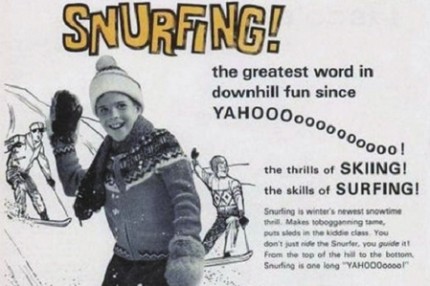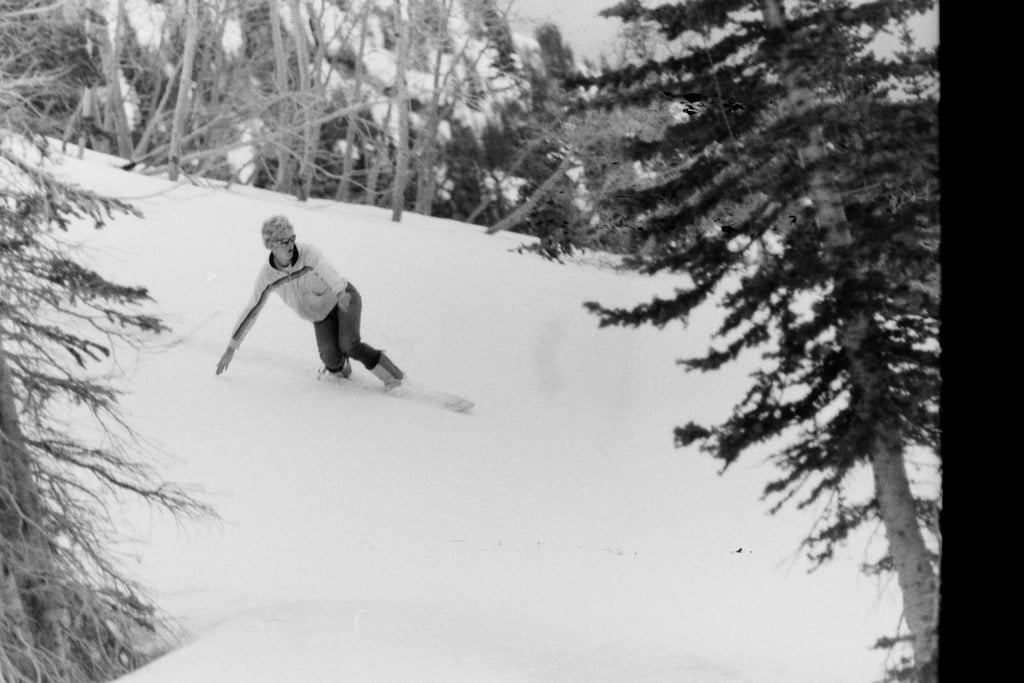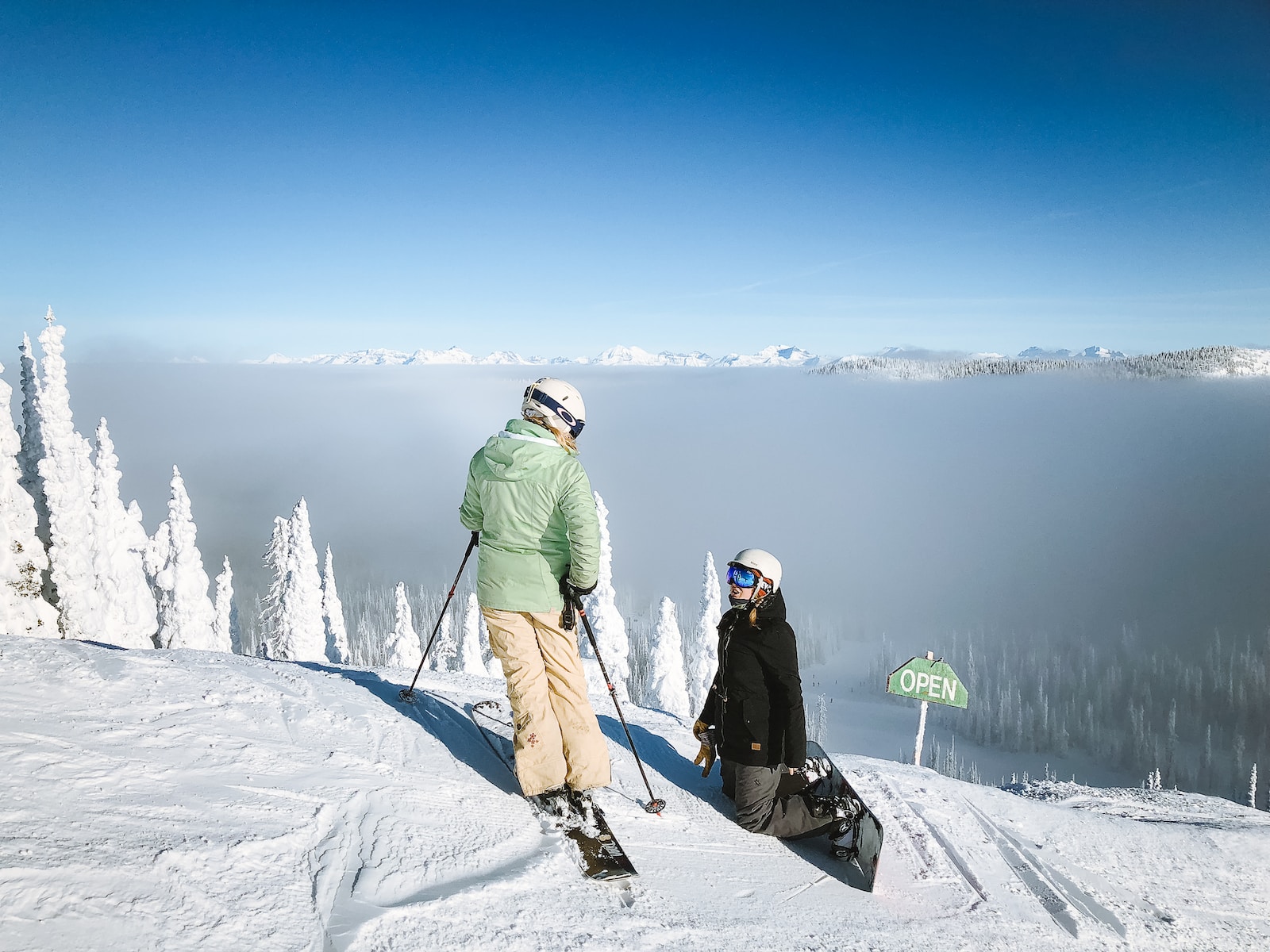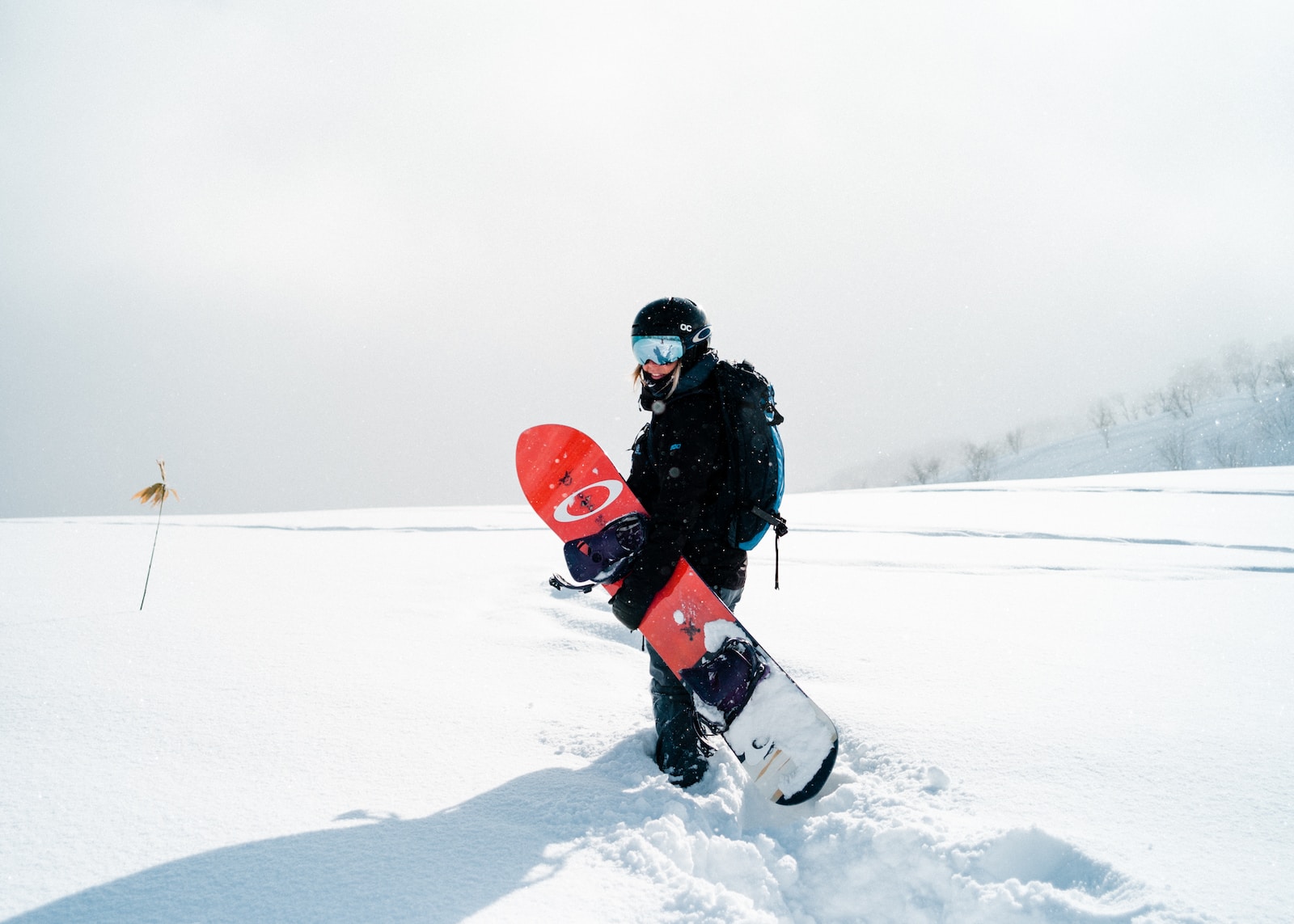Have you ever wondered who invented snowboarding? If you’ve searched for the history of snowboarding, you’ve likely stumbled upon various articles, each claiming a different inventor. The truth is, they might all be right in some way, but the sheer volume of information can be overwhelming.
So, let’s embark on a thrilling ride down the slopes of snowboarding history, simplifying the complex narrative into a concise timeline that anyone can follow. Whether you’re a seasoned snowboarder or just beginning your journey, this exploration will resonate with you.
History of Snowboarding
Snowboarding history can be divided into two distinct eras: the primitive days when a simple piece of wood was used to glide down snowy hills, and the modern era, characterized by the development of the snowboard as we know it today.
The Primitive Era
The origins of snowboarding can be traced back to the time when adventurous souls used a plank of wood to hit the slopes. Was this rudimentary form of snowboarding? That’s a question for you to ponder. Some purists might argue that this was merely a precursor, while others see it as the true genesis of the sport.

The Modern Era
The modern take on snowboarding began with pioneers who saw potential in that simple plank of wood. They innovated, experimented, and eventually crafted the snowboard’s contemporary design. This era brought snowboarding into the mainstream, transforming it from a niche pastime into a global phenomenon.
Snowboarding’s history is as dynamic and exciting as the sport itself. It’s a tale of innovation, passion, and the relentless pursuit of fun. Whether you see the connection between that primitive plank of wood and today’s snowboard or not, one thing is clear: snowboarding has evolved into a sport that captivates millions.
The First Possible Snowboard
This device was called the ruariser knappenroesser otherwise known as knappenross.
There are tales of people using these boards in the 1800’s for races
-around the same time a ritprätt (also called the rittpritt), on which a rider could sit or stand, is supposed to have been used in the Swiss Alps during a similar timeframe
Lazboard
monogleider (“monoslider”)
Snowboarding Tales
But this one could be taken with a grain of salt. Just like many other stories and folklore that seems to have popped up over years.
First Patented Snowboard
The Glider Sled

Toboggan without a stick

1965 Snurfing (contributed greatly to Modern Day Snowboarding)
He built his first prototype which consisted of tying together two 1,20m long plastic planks: otherwise, know as two kids skis. He attached a rope to enable him to steer.
The Snurfer is said to have had a major contribution to modern day snowboarding with more than a million being sold in 10 years.

Snow Surface Rider
-Craig T. Christy’s designed a Snow Surface Rider which was a skateboard for the snow which included a rudder on the bottom and blocks on the deck so riders could brace their feet.

Slalom Snow Ski
-John Fulsom’s toboggan-like Snow Ski Board curved upward on the front and had rudders on the bottom.
-James L. Rippetoe’s designed a Slalom Snow Ski which was based on a water-ski design, with the front foot facing forward and the rear foot turned at a 45-degree angle to the length of the board.

Magnetic Boots

Snow Surfboard

First Snowboarding Company
His design included steel edges, laminated fibreglass, gravel on the board for traction and nylon straps. After a few years, the company went broke.

The Burton Board

Snowboard Company Competition

Snow Surfing Championships
It wasn’t a prestigious event but it helped popularize the sport by broadcasting it to The Today Show and Good Morning America.
in 1985 Burton took over the even and held it in Vermont’ Straton Mountains.
Since then it has grown quite significantly, with more than 30,000 people going to the event each year.

Open for Business
Other resorts followed suit and by the 1990s 476 resorts welcomed snowboarders on their slopes

The First Snowboarding Magazine
It provided readers with real stories from the slopes.

Fastest Growing Winter Sport

The Pipe Dragon
This heavy piece of machinery was built specifically to create and maintain half pipes and since then has had a huge contribution to the snowboarding freestyle movement

Snowboarding Movies
His achievement made it into the Guinness Book Of World Records and has turned him into an overnight legend

Winter Olympics

Shaun White
In conclusion, the history of snowboarding is a vivid tapestry of innovation, culture, and athletic prowess. From its humble beginnings as a garage invention in the 1960s to its meteoric rise as a global phenomenon, snowboarding has transcended its status as a mere sport.
It has become a symbol of freedom, creativity, and youthful rebellion. The pioneers of snowboarding challenged conventional norms and paved the way for a new generation of athletes and enthusiasts.
Today, snowboarding stands as a testament to human ingenuity and the relentless pursuit of passion. Its influence can be felt not only on the snowy slopes but also in fashion, art, and popular culture. As we look to the future, the legacy of snowboarding continues to evolve, promising new horizons and thrilling experiences for those willing to embrace the ride.
Whether a professional athlete or a weekend warrior, the spirit of snowboarding invites all to partake in a journey that is as exhilarating as it is unique. The story of snowboarding is far from over; it’s a dynamic narrative that continues to inspire and captivate, a ride that’s only just begun.
Frequently Asked Questions about Snowboarding History
Q: When did snowboarding begin?
A: Snowboarding’s origins can be traced back to the 1960s when people began experimenting with sliding down slopes on planks of wood. The modern form of snowboarding emerged in the late 1970s and early 1980s.
Q: Who is considered the inventor of snowboarding?
A: The invention of snowboarding is often attributed to several individuals. Sherman Poppen is credited with creating the “Snurfer” in 1965, a precursor to the modern snowboard. Jake Burton and Tom Sims were instrumental in developing and popularizing the contemporary snowboard.
Q: How has snowboarding evolved over time?
A: Snowboarding has evolved from a simple plank of wood to sophisticated boards with specialized designs for various snow conditions and riding styles. The sport has grown in popularity, becoming an Olympic event in 1998 and influencing fashion, culture, and other winter sports.
Q: What were the early snowboards like?
A: Early snowboards were rudimentary, often made from wooden planks with basic bindings. The design and technology have since advanced, with modern snowboards featuring complex shapes, materials, and bindings to enhance performance and safety.
Q: When did snowboarding become an Olympic sport?
A: Snowboarding made its Olympic debut at the 1998 Winter Games in Nagano, Japan. It has since become a prominent feature of the Winter Olympics, with multiple events for both men and women.
Q: What are some significant milestones in snowboarding history?
A: Key milestones include the invention of the Snurfer in 1965, the founding of Burton Snowboards in 1977, the first World Championships in 1983, and the inclusion of snowboarding in the Winter Olympics in 1998.
Q: Where can I learn more about snowboarding techniques and equipment?
A: Many online resources, snowboarding schools, and local shops offer information and training on snowboarding techniques and equipment. Whether you’re a beginner or an experienced rider, there are resources available to help you improve your skills and knowledge.
Q: How has snowboarding influenced popular culture?
A: Snowboarding has had a significant impact on popular culture, influencing fashion, music, and film. The sport’s free-spirited and adventurous ethos has resonated with youth culture and continues to inspire creativity and expression.








